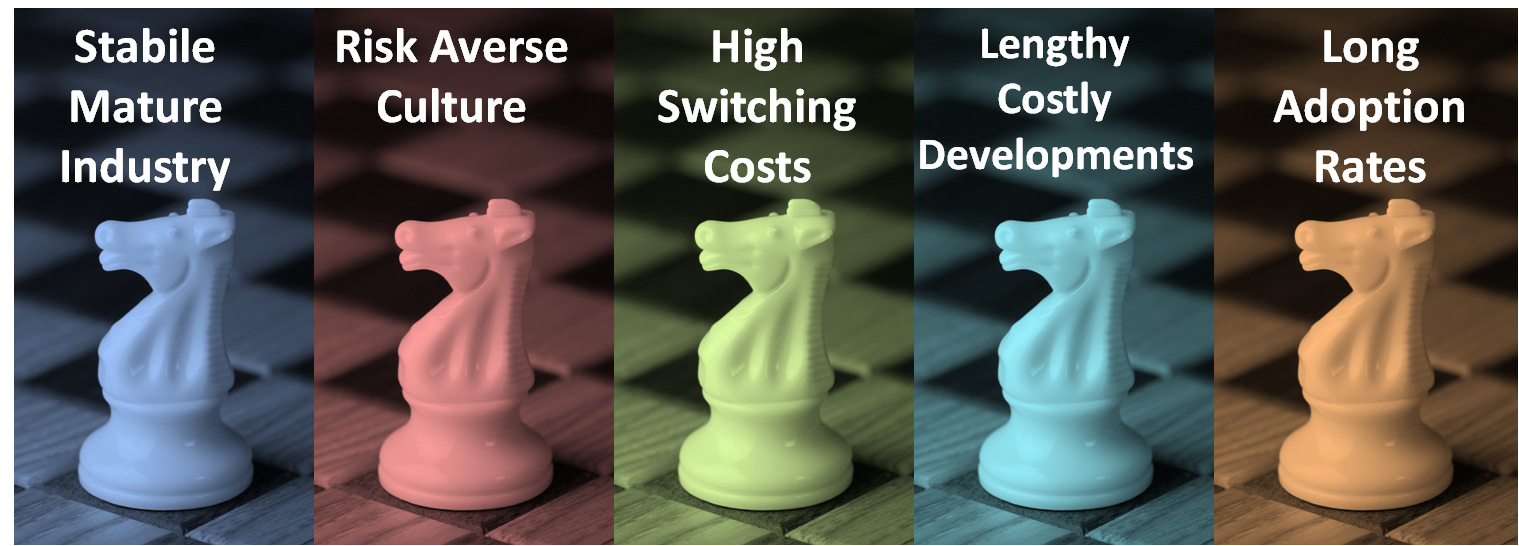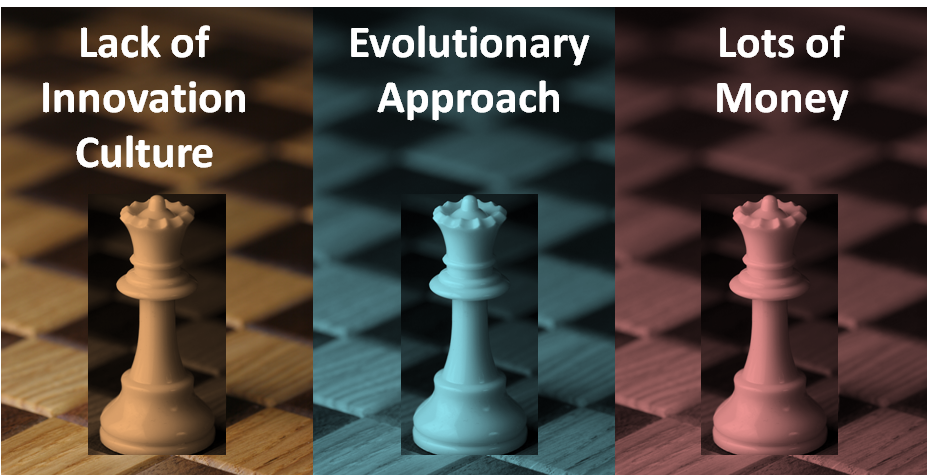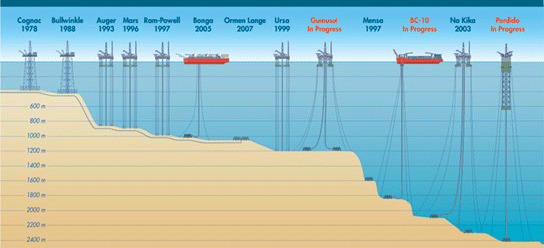The traditional energy industry is ripe for change. Oil and gas adorns a century and a half old crown. Electric power has doubled in the last 25 years, driven by an impressive growth in global markets. The cheapest fossil fuel seams have been effectively depleted – there is no such thing as “easy coal/oil/name-your-favorite-fossil-fuel” any more. Sustainability has become the mantra of the current generation and high tensions dominate global politics, a critical part of energy dynamics. In short, it is a perfect time for innovation in energy: the industry is old with aging/outdated infrastructure, growing product demand, scarce resources, and, lastly, plenty of macroeconomic drivers, such as, environmental concerns, conscious capitalism, and preference for reduced foreign dependence.
Why then is it so extraordinarily difficult to innovate in the energy industry?
Five typical reasons occur in various guises, everywhere from industry publications to venture capital discussions. In fact, it does not take long in the industry to identify these five horsemen guarding the energy sector from change:
Horseman 1. A highly stabile and mature industry
Horseman 2. A conservative risk-averse corporate culture
Horseman 3. Very high switching costs (loss aversion)
Horseman 4. Significant technology development costs
Horseman 5. Extremely long technology development and adoption rates
A close inspection of these five horsemen, though, remind us of the very drivers of innovation I introduced earlier, now, however, painted as dampeners of energy innovations. At the risk of oversimplifying, at least four of these arise because energy is an old industry (horsemen 1, 2, 4, 5) and of the huge product demand (horsemen 1, 3, 4). As a physicist, I smell an explanatory stratagem at play here – the upside-down-graph phenomenon:
About halfway into a detailed reasoning by a brilliant physicist explaining a chart, an observant but confused audience would point out “ but…the graph is upside down”. Now, a good physicist, wouldn’t even pause. He simply turns the graph around and exclaims, “But, of course. I can explain that. Here is why…!”.
Interestingly, the ‘trick’ typically works because in physics and in most intricate systems (like the energy industry), multiple variables act in discord with each other, pulling the system in opposing ways. Depending on which behavior dominates, a knowledgeable scientist can always explain the phenomenon. That is not to say that the reasoning is flawed or superficial. After all, there are only two ways to orient a graph if we stay true to the original axes. It is, in fact, Shakespearean: drivers themselves turn dampeners, being misapplied (ref: “Virtue itself turns vice, being misapplied” – Romeo and Juliet).
From my own insider experiences as a next-gen technology developer in oil and gas, challenged to promote its adoption, I see three queens hidden behind the horsemen. Three queens calling the real shots in the battle against innovation on the energy board, and the true underlying reasons for slow innovative progress.
Queen 1. Lack of a true innovation culture: Historically, the focus has not been on novel, “out-of-the-box” solutions. Most energy companies have never fostered a true innovation culture. They have simply contracted others to develop solutions for problems. Typically, support companies (e.g., service providers in oil & gas) are handed project blueprints, paid for (mostly) in full by a motivated and mostly committed customer! To translate that in startup terms: imagine if a huge, established, rich customer came to you with money to develop a product, gave you the product design he wanted and guaranteed purchase, provided you made it work. I believe the scientific term for that one, ladies and gentlemen, is “Jackpot!”. No market research. No business plans. No VCs to convince. And no soul-killing sale calls! A tell-tale sign of this phenomenon is that most of the technology upgrades and solutions come from within the industry. To take the example of the industry we all know and love, that’s similar to Google, Facebook and Groupon all coming in-house from Microsoft, Apple and IBM.
Queen 2. Focus on Technology Development not Innovation: The technologies developed have historically been evolutionary technologies, not revolutionary technologies. Case in point: milestones in deep water mining over the past 3 decades (exhibit 3). Now, technologies that extend current capabilities using evolutionary advancements are impressive and common in several fields. Evolutionary advances definitely feature as creative technological solutions and break new ground. But they seldom offer a radical difference, change the industry landscape, and leave spectators awe-struck.
Queen 3. Too much money: Counter-intuitively, this queen took me a while to identify. I had observed early on the combined presence of risk averseness (reluctance to pursue uncertain positive payoffs) with loss averseness (preference to avoid losses). But co-existing alongside loss-aversion was the indifference to significant current losses via current process inefficiencies – an inconsistency that can exist only amongst large incumbent revenues. As one veteran VC pointed out, “the problem with this industry is that there is too much money”. Apart from desensitizing the industry to the need for innovation, not having huge financial constraints stifles innovation since constraints breed creativity. As emerging behavioral science research shows, necessity might truly be a nurturing parent of invention.
These are the three unspoken and main underlying challenges for innovation in the traditional energy sector. As innovators, we need to understand these reasons completely and work with or around them. Only then, can we progress and solve the massive energy crisis facing our society!
But let me end by flipping the chart one more time. If played smartly, the three queens could, once again, act as drivers for innovation: new industry entrants with new thinking can make a huge difference, and, did I mention, there is lots of money!



